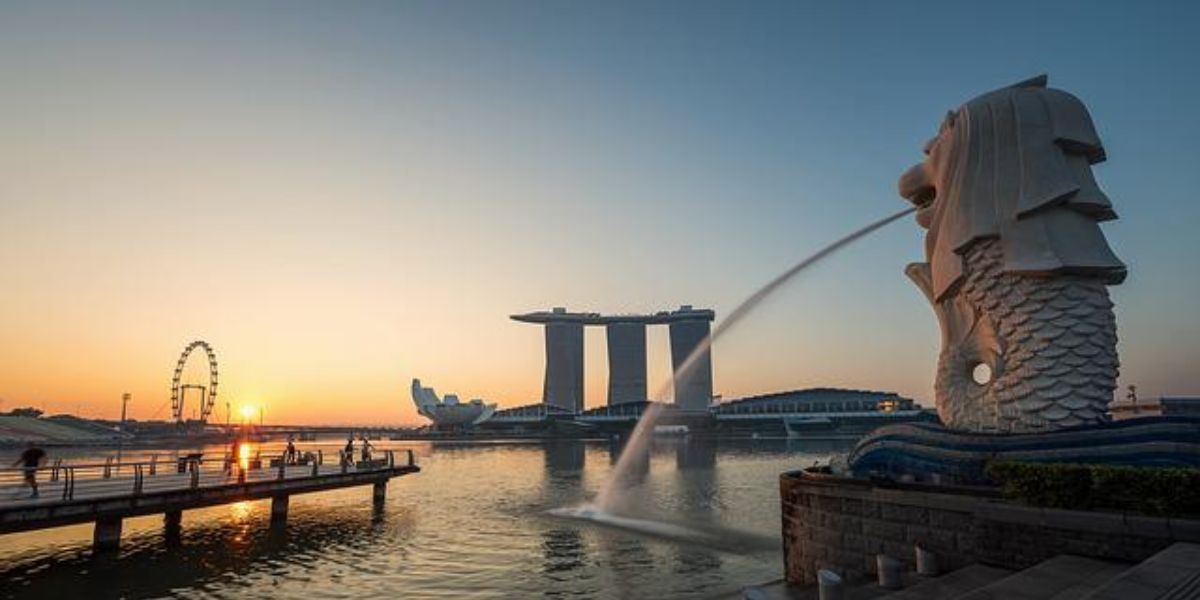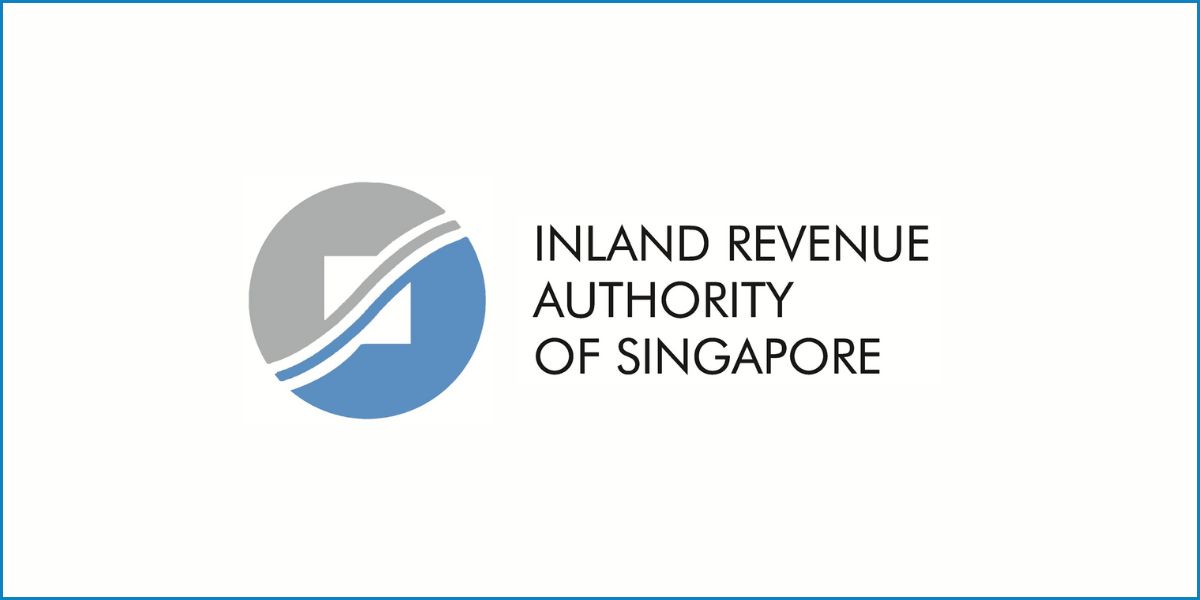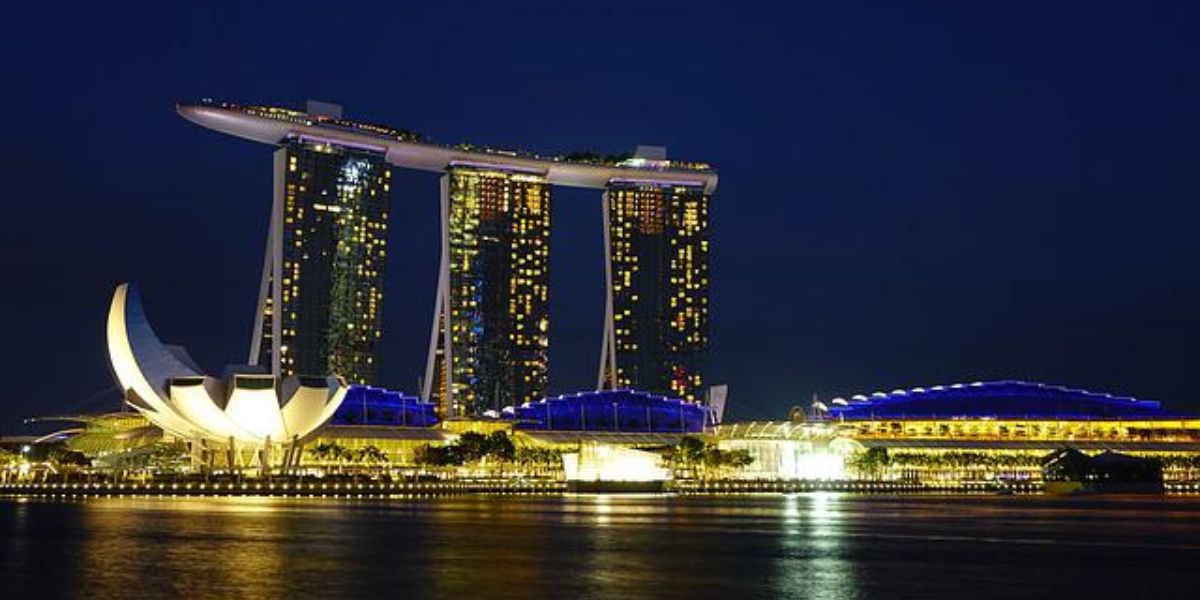Singapore aims to introduce streamlined methods for companies to calculate their top-up taxes in line with the proposed global minimum tax. The global minimum tax, or Pillar Two, aims to establish a 15% effective tax rate for multinational corporations with annual consolidated revenue of at least EUR 750 million in at least two of the preceding four fiscal years.
The proposed legislation aims to establish three safe harbours: The transitional country-by-country reporting safe harbour, the qualified domestic minimum top-up tax safe harbour, and the simplified calculations safe harbour, which are aligned as per OECD’s minimum tax regime.
Following this, the Inland Revenue Authority of Singapore initiated a Consultation on the Proposed Multinational Enterprise (Minimum Tax) Regulations – GloBE Safe Harbours and Transition Rules on 4 October 2024.
Comments are welcome until 18 October 2024.
1. Introduction
1.1 As announced in the 2024 Budget Statement, Singapore will implement the Multinational Enterprise Top-up Tax (“MTT”) and the Domestic Top-up Tax (“DTT”) under Pillar Two of the Base Erosion and Profit Shifting (“BEPS”) 2.0 initiative, which will impose a minimum effective tax rate of 15% on businesses’ profits from financial years starting on or after 1 January 2025. This will apply to relevant multinational enterprise (“MNE”) groups with annual group revenue of 750 million euros or more in at least two of the four preceding financial years, in line with the Pillar Two Global Anti-Base Erosion (“GloBE”) rules.
1.2 A public consultation was held from 10 June to 5 July 2024 on the proposed Multinational Enterprise (Minimum Tax) Bill, as well as the subsidiary legislation on the adjustments to the financial accounting net income or loss and the qualifying tax expenses, for the purposes of calculating the effective tax rate and top-up tax based on the GloBE rules.
1.3 IRAS is seeking public feedback, from 4 to 18 October 2024, on the proposed subsidiary legislation that will provide further details on the calculation of the top-up tax based on the GloBE rules.
2. Scope of the Consultation
2.1 The proposed subsidiary legislation provides details on the calculation of the top-up tax based on the GloBE rules and specifically on the following:
- GloBE Safe Harbours to simplify the compliance process; and
- Adjustments in computing adjusted covered taxes under the transition rules. These rules will apply when an MNE group first comes within the scope of the GloBE rules (including MTT in Singapore) or DTT in Singapore.
2.2 The proposed subsidiary legislation should be read together with the published GloBE Model Rules, Commentary and applicable Administrative Guidance (“AG”) issued by the Inclusive Framework (“IF”) on BEPS for completeness.
2.3 GloBE Safe Harbours
2.3.1 When a filing entity elects to apply the GloBE Safe Harbours for specified entities of an MNE group in a jurisdiction for a financial year, the top-up amount for those entities for that financial year will be treated as nil, subject to conditions.
2.3.2 The proposed subsidiary legislation on “GloBE Safe Harbours” will cover the following safe harbours for the purposes of MTT and DTT (where applicable):
- Transitional Country-by-Country Reporting (“CbCR”) Safe Harbour – The Transitional CbCR Safe Harbour allows an MNE Group to avoid undertaking detailed GloBE calculations in respect of a jurisdiction through the use of information contained in the MNE Group’s Country-by-Country Report, where conditions are met. As the safe harbour is designed to provide transitional relief for MNE Groups in the initial years during which the GloBE rules come into effect, it is limited to a transitional period for financial years commencing on or before 31 December 2026 and ending on or before 30 June 2028.
- Qualified Domestic Minimum Top-Up Tax (“QDMTT”) Safe Harbour – The QDMTT Safe Harbour eliminates the need for an MNE group to perform a MTT calculation in Singapore, in addition to the calculation already required under a QDMTT regime in a foreign jurisdiction. Accordingly, the proposed subsidiary legislation on the QDMTT Safe Harbour is only applicable to MTT.
- Simplified Calculations Safe Harbour – The Simplified Calculations Safe Harbour reduces the extent of computation an MNE group has to make under the GloBE rules through the use of alternative calculations. The Simplified Calculations Safe Harbour is available to MNE Groups with non-material constituent entities in a foreign jurisdiction (for MTT) or Singapore (for DTT).
2.4 Adjustments in Computing Adjusted Covered Taxes under the Transition Rules
2.4.1 The proposed subsidiary legislation on “Transition Rules” will provide for transition rules. These rules allow existing deferred tax accounting attributes at the beginning of the Transition Year of an entity to be used for the purpose of computing adjusted covered taxes.
2.4.2 The proposed subsidiary legislation will also provide for the Transition Year to be refreshed for the purposes of computing DTT. The Transition Year will be refreshed when a foreign jurisdiction introduces the GloBE rules, and such GloBE rules apply to the Singapore entities of an MNE Group, after Singapore implements the DTT. When the Transition Year is refreshed, certain tax attributes under the DTT will be eliminated or re-stated. This is to ensure that the tax attributes under the GloBE rules applied by the foreign jurisdiction and DTT in Singapore are aligned in and after the refreshed Transition Year.
















